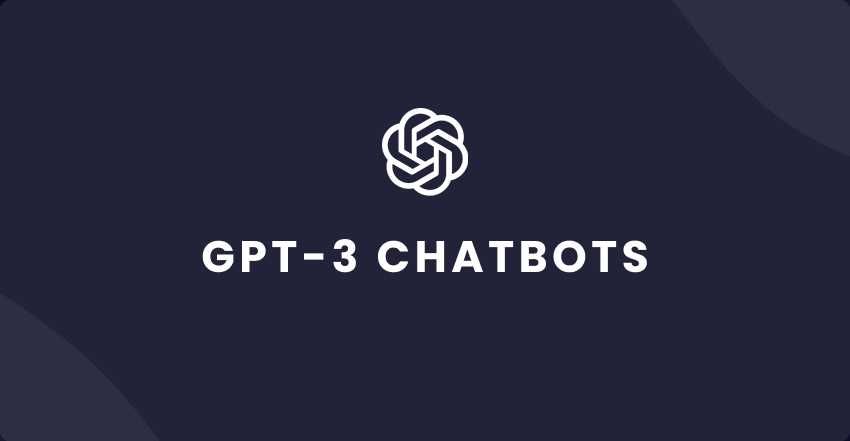
Want to create a chatbot using Openai’s advanced GPT-3 functions? Look no further: this step-by-step tutorial will guide you through the process of creating a GPT-3 chatbot in Python.GPT-3, or Generate First Trained Trans 3, is an artificial intelligence language model created by OpenAI. It is spotlighted for its ability to generate human-like words.
This guide will walk you through everything you need to know, from important environment options to integrating GPT-3 into your chatbot. It also examines how to train chatbots to respond to users and generate meaningful ones. At the end of this tutorial, you will have a fully functional GPT-3 chatbot that can be used in a wide range of applications.
Before we continue, let’s briefly discuss the power and potential of GPT-3, which has been trained on large Internet texts to generate human responses and to dig deep into a wide range of subjects. You can apply it to these tasks: writing electric messages, answering questions, creating dialogue agents, etc. With the help of GPT-3, you can create chatbots that look like courses and maintain an engaging dialogue with your users.
What is GPT-3?
GPT-3, which actually means “Generator’s First Trained Transformer 3,” is an improved model of natural language processing developed by OpenAI. It is the third version of the GPT series and represents an important advance in language generation.
GPT-3 was built using a deep learning architecture called Transformer. Thanks to this architecture, the model is able to manipulate and perceive textual data at a more complex and subtle level.
The most important innovation of GPT-3 is his ability to generate human language, thus producing a conversation that is almost indistinguishable from a person. It has the option to answer questions, give comments, complete sentences, and create different situations and notes. This makes GPT-3 a huge inventory for the development of chatbots, virtual assistants, content generators, and almost anything else.
GPT-3 has been trained on large amounts of online data, including books, memos, websites, and other informants. They learn to understand the structure, grammar, and aspects of the British language and can apply this knowledge to produce high-quality vocabulary.
One of the most important advantages of the GPT-3 is its versatility. It can be literally configured and adapted to different tasks and domains, making it suitable for a wide range of applications. Manufacturers can tailor the model to understand specific terminology, terminology, or context to provide clearer and more relevant answers.
Overall, GPT-3 represents an important breakthrough in natural language processing. Its ability to generate human words opens up many possibilities for creating more advanced and interactive AI systems for conversation.
The Power of Chatbots
Chatbots have become one of the most powerful tools in the technology industry. Thanks to progress in the fields of natural language processing (NLP) and machine learning (ML), chatbots are becoming smarter and more efficient at recognizing and responding to human questions.
There are several reasons why chatbots are gaining popularity in different sectors of the economy
- 24/7 availability: chatbots provide 24/7 service, allowing businesses to communicate with their customers at any time. This ensures a complimentary user experience and helps improve customer satisfaction.
- Efficient: The implementation of chatbots has the potential to reduce costs for companies. Chatbots automate repetitive tasks and handle numerous questions from customers. This saves human employees time and resources.
- Personalization: Chatbots can be trained to understand user preferences and provide personalized advice and opinions. This ensures a personalized experience for the user and increases customer engagement and loyalty.
- Increased productivity: Chatbots improve interaction, provide sharp, clear answers, minimize human error, and increase productivity. This allows firms to handle more questions simultaneously.
- Collect and test data: Chatbots have the opportunity to collect valuable data on customer preferences, behaviors, and interactions. This data has every opportunity to be analyzed for insights and to draw data-driven conclusions to improve the business and characteristics of customer service.
In general, chatbots have the opportunity to change the way companies deal with their buyers. They offer comfort, efficiency, and personalization, which leads to more customer satisfaction and higher profitability for the company.
Leave a Comment